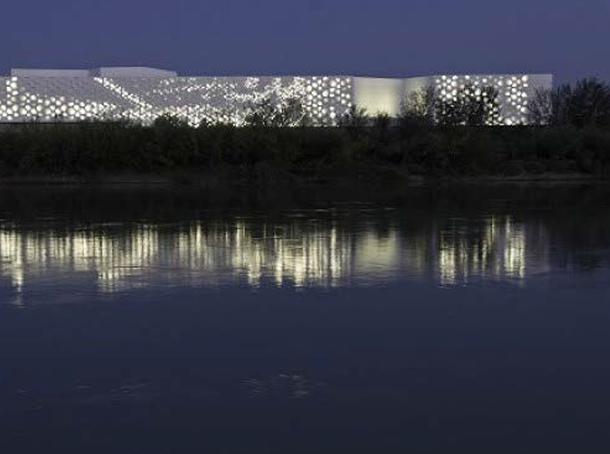
Just a few years ago, our lighting conversation focused on integration. We looked for new ways to make lighting beautiful, functional and energy-efficient. Lights were no longer just on or off; they needed to dynamically dim or synchronize with a room’s shades to create a perfect balance of light. While we have not stopped seeking new functionality or beautiful design, we have begun a new dialog.
With a new decade comes a new era in lighting that now needs to consider our wellbeing. Wellbeing is a measurement of how we feel. It is influenced by the weather, our pets and our physical environments.
Lighting affects our wellbeing
Circadian rhythms have become part of the lighting conversation. Our physical and mental processes are reinforced by exposure to light and other stimuli to influence our health and wellbeing. Most living things have their own circadian rhythms–humans, animals, plants and many small microbes. Our circadian rhythm cycles through and renews itself almost every 24 hours and is fundamental to our sleeping through the night, waking up feeling refreshed, ready to start a new day.
Lighting jump-starts the circadian rhythm cycle
When a retina is exposed to light, it sends a signal to the brain, which initiates a number of biological rhythms–sleep/wake cycles, hunger, body temperature and hormone secretions. Disruption of this rhythm has been linked to heart disease, depression, obesity and cancer.
Scientists believe that insufficient sleep can negatively impact mood, motor function and cognitive performance. Memory, problem-solving and language skills and the ability to plan are all affected by the lack of sleep.
The airline, trucking, manufacturing and emergency services sectors recognize that sleep deprivation has major effects on worker performance.
Performance is affected by lack of sleep
Ask any new mother or working parent who’s juggling that with a demanding job, frequent travel and a commute. Sleep becomes a luxury and many never feel that they’re operating at peak performance levels. Scientists now know that their circadian rhythms are being short-circuited.
Lighting specifically natural daylight plays a fundamental role in regulating our circadian rhythms that in turn help regulate our health. Circadian rhythms help produce enzymes; they also regulate hormones, cognitive behavior and thought process so that we can perform at optimal levels. Warm-colored light helps us wind down and prepare for restorative sleep. Understanding and integrating this knowledge into our lighting tactics is an important part of our lighting strategy for the new decade.